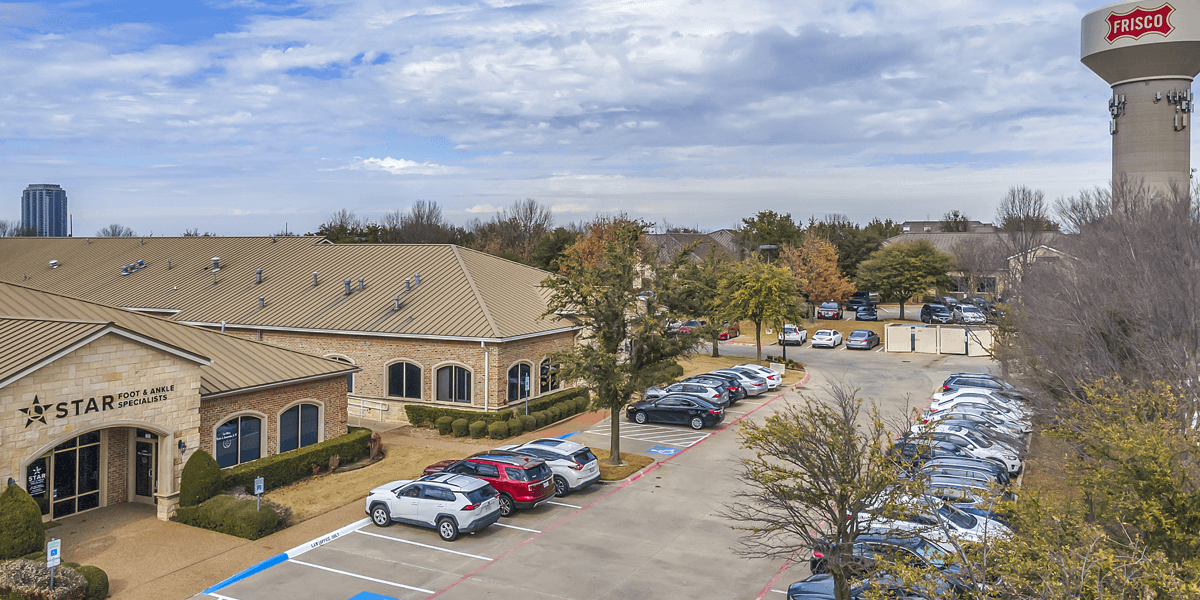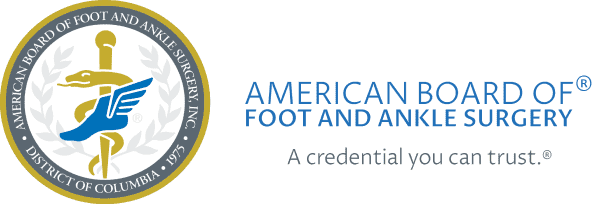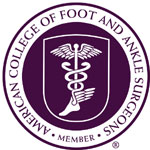Frisco Texas Minimally Invasive Bunion Surgeon

Frequently Asked Questions
How do you treat toenail fungus?
Toenail fungus treatment options include topical medication, oral medication, and laser therapy. The efficacy and possible risks of each treatment option are thoroughly reviewed. There is also the possibility of nail removal if pathology leads to pain.
What is a bunion? How do I remove it?
A bunion is a painful bump by the big toe or the pinky toe (bunionette or tailor’s bunion). It’s always something that is inherited, but can be made worse by shoes and activities. The underlying issue is the position of the long bone next to the toe. Some people with mild bunions can get relief from wearing wider shoes and padding the area. We recommend a silicone bunion shield (which can be bought at the pharmacy or online) for patients who want to try this route. Shoe inserts and splints may help reduce the motion that causes the bunion, but won’t make the bump go away. Ultimately, if someone wants their bunion to be gone and their foot restored to normal, surgery is the only way to achieve those goals.
How do you treat flat feet?
Flat feet occur in around 25% of people and at times can cause significant problems with normal activity, mostly due to overuse of the tendons and ligaments that attach into the foot. We’ve seen all manner of flat feet, and it’s important to remember that just because someone has a flat foot, it doesn’t mean that they can’t function normally.
The condition is typically diagnosed by both physical examination and in-office x-rays. There are many treatment options for flat feet, and the choice of what to do is ultimately up to our patients. For minor flat foot issues, wearing supportive shoes is enough to return you back to normal. For more severe deformities, some people require custom shoe inserts (orthotics), and some even need surgery. As with any issue seen at Star Foot & Ankle, we take the time to get to know our patients and what their goals with treatment are. This allows a personalized approach that’s geared at getting you back to normal as quickly as possible while avoiding unnecessary treatments, time and costs.
What is a bunionechtomy?
Bunionectomy procedures are dependent on radiographs and physical examinations. Some bunionectomy procedures can be done through minimally invasive techniques. Common procedures include Austin and akin osteotomies as well as Lapidus bunionectomies.
How do you treat Plantar Fasciitis?
Plantar fasciitis treatment starts conservatively with stretching, rest, icing, NSAIDs, orthotics, and possible cortisone injections. Patient may also be sent to physical therapy. Night splints are also useful in treatment of plantar fasciitis and equinus. If plantar fasciitis does not respond to conservative treatment, then an endoscopic plantar fasciotomy is considered.
How do you treat an ingrown toenail?
Ingrown toenails are treated in the office with a partial nail avulsion. The partial nail avulsion can be done temporarily or permanently with a chemical matrixectomy. Ingrown toenails when left untreated can lead to infection and may require oral antibiotics.
What is minimally invasive bunion surgery?
Drs. Heredia and Zellers practices at the forefront of minimally invasive bunion surgery, allowing her to correct even severe deformities through very small incisions. This usually enables patients to get back on their feet immediately after the procedure. Minimally invasive bunion surgery also lets patients have less swelling, less pain, and better motion more quickly after the surgery.




